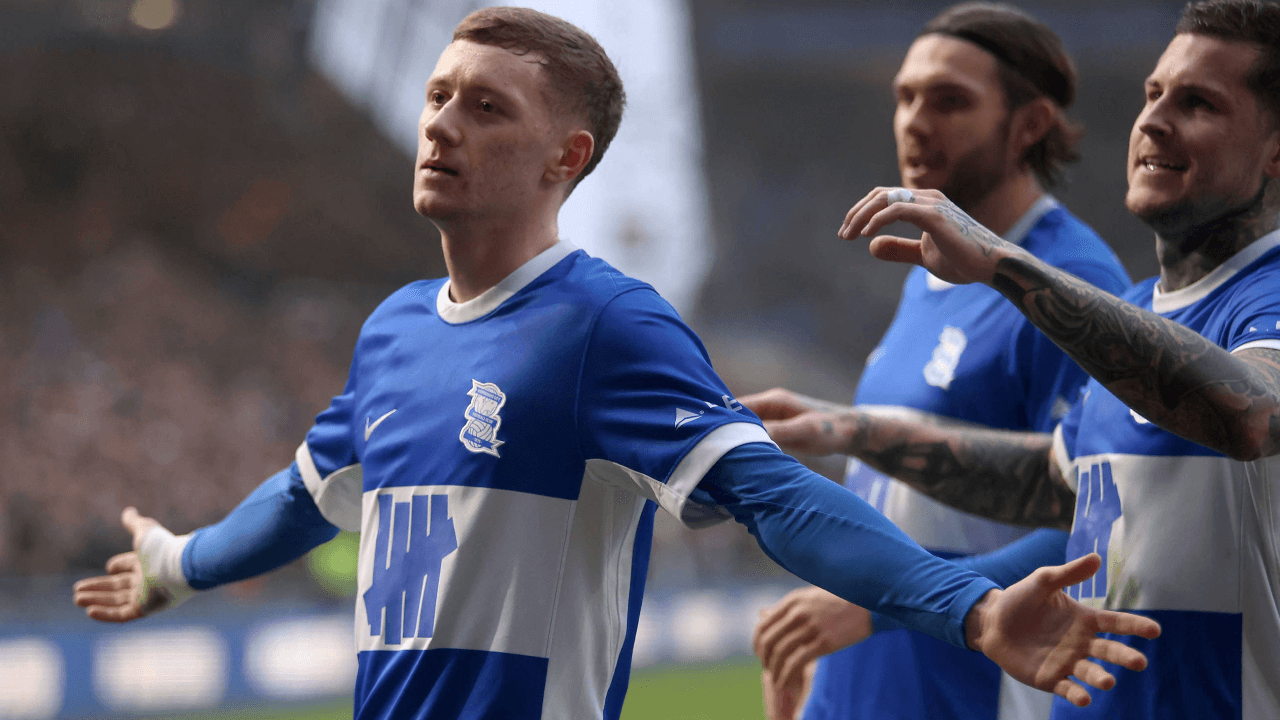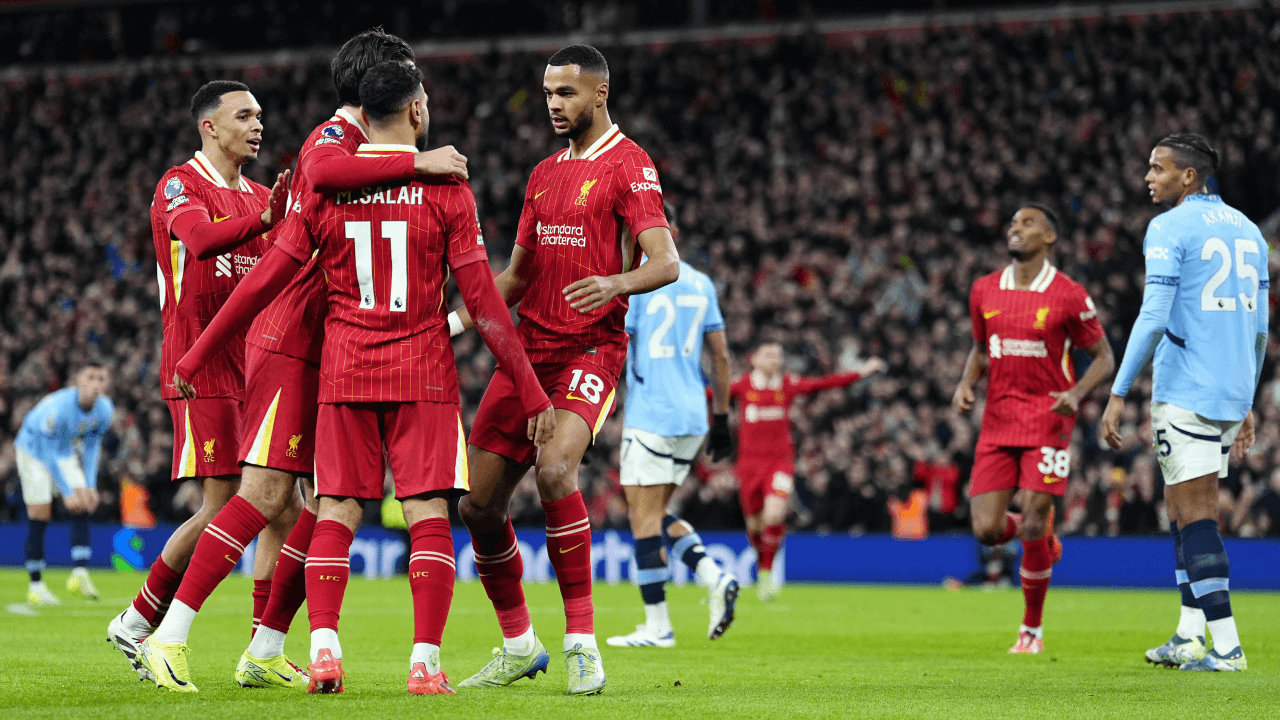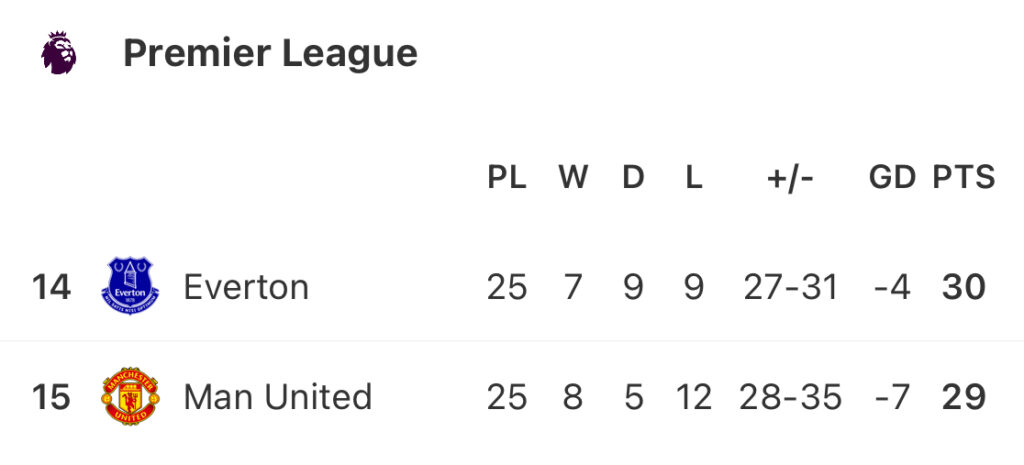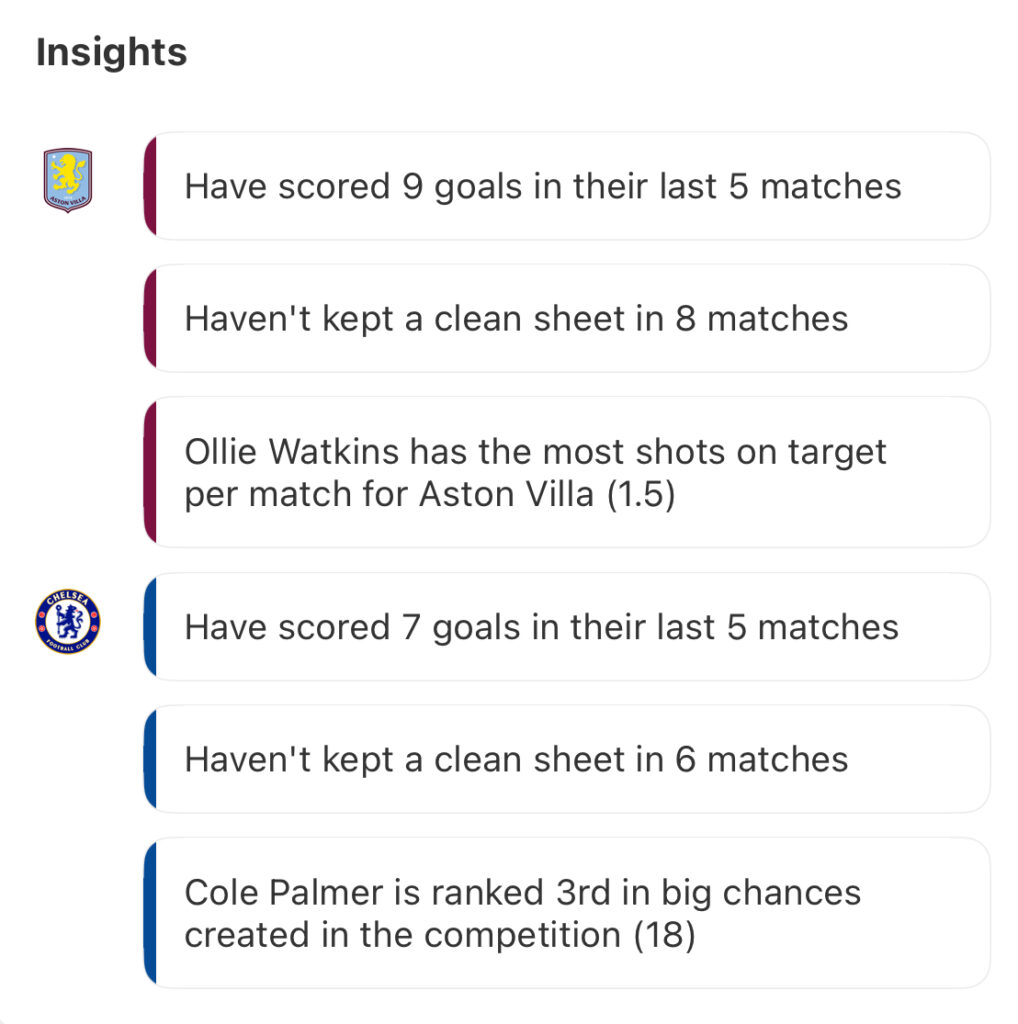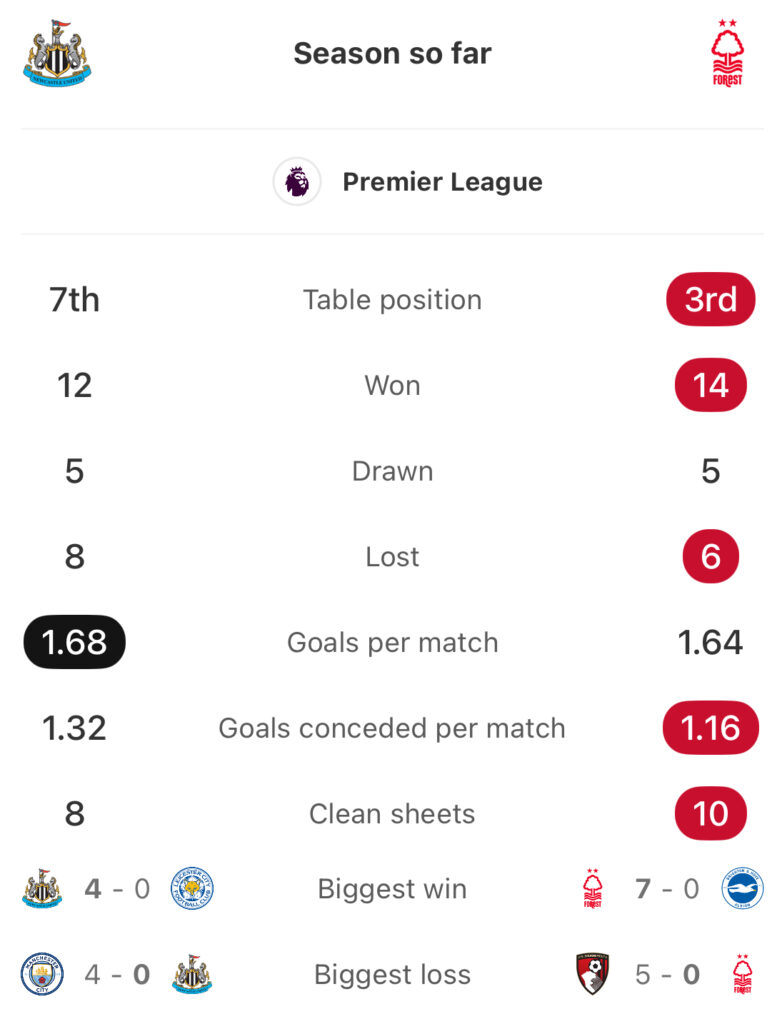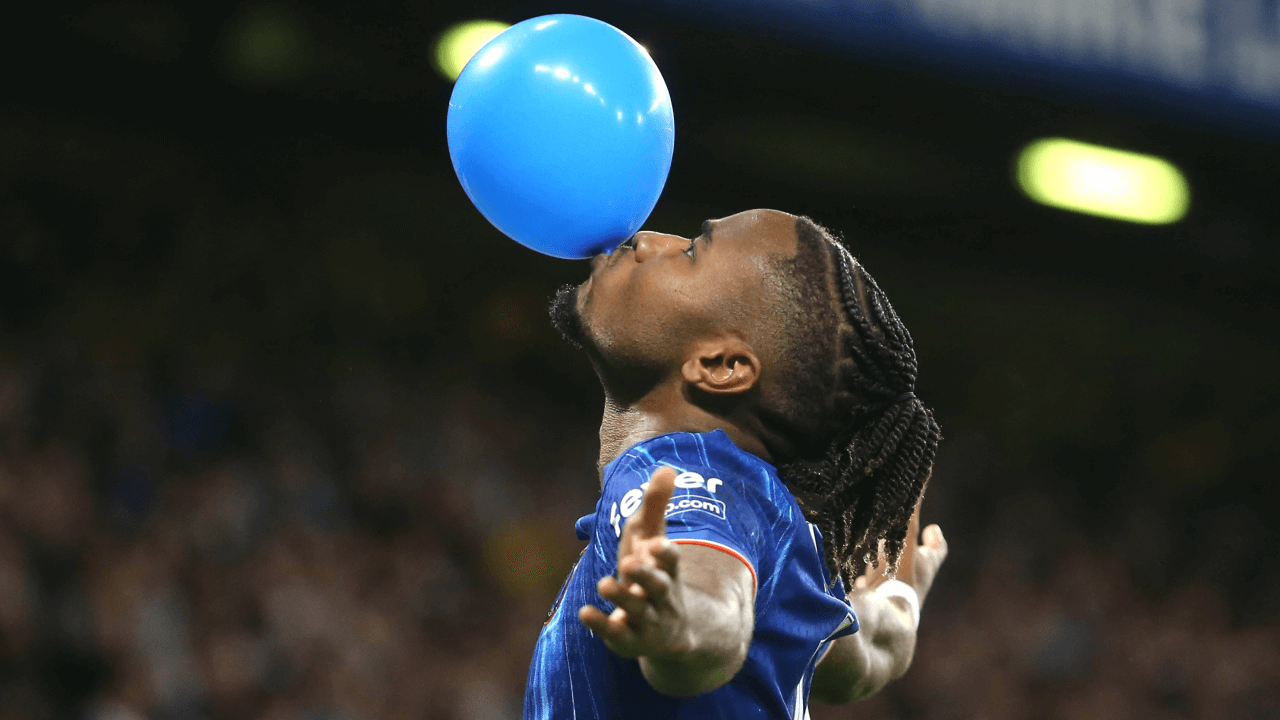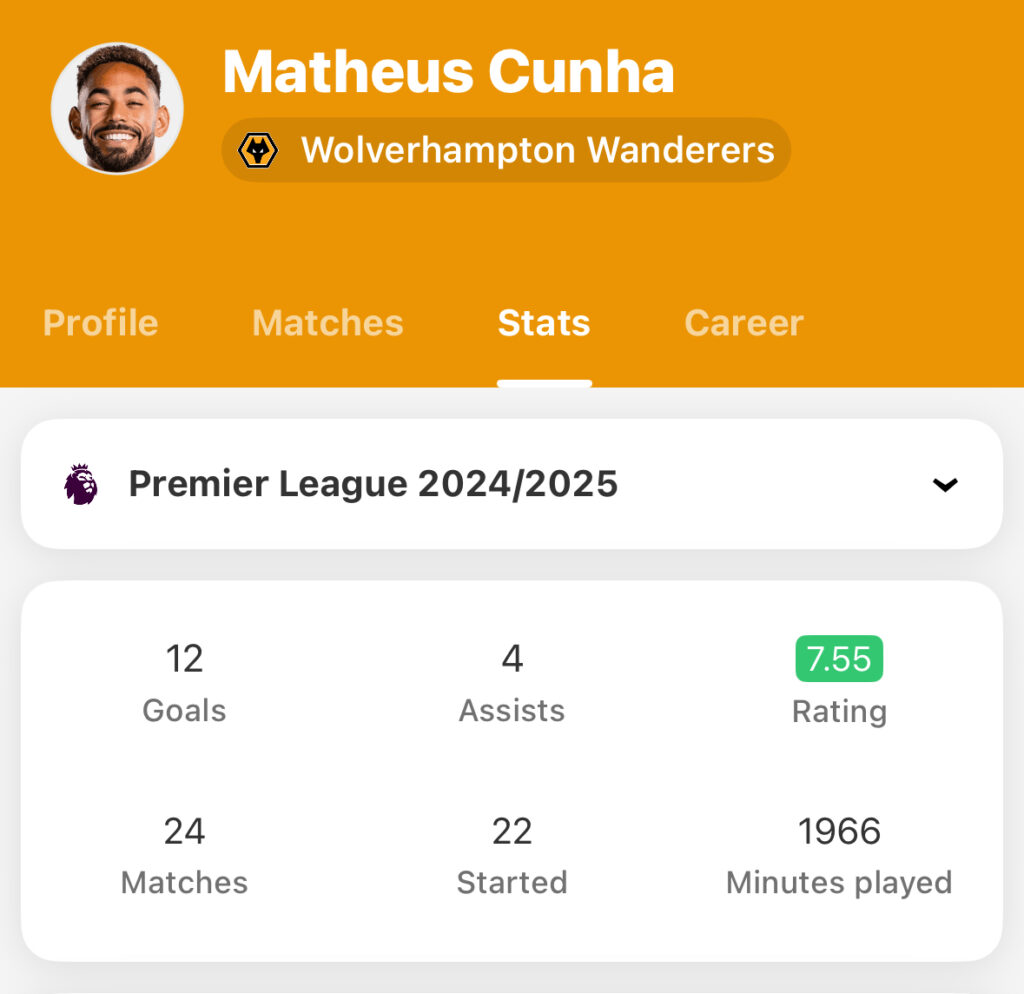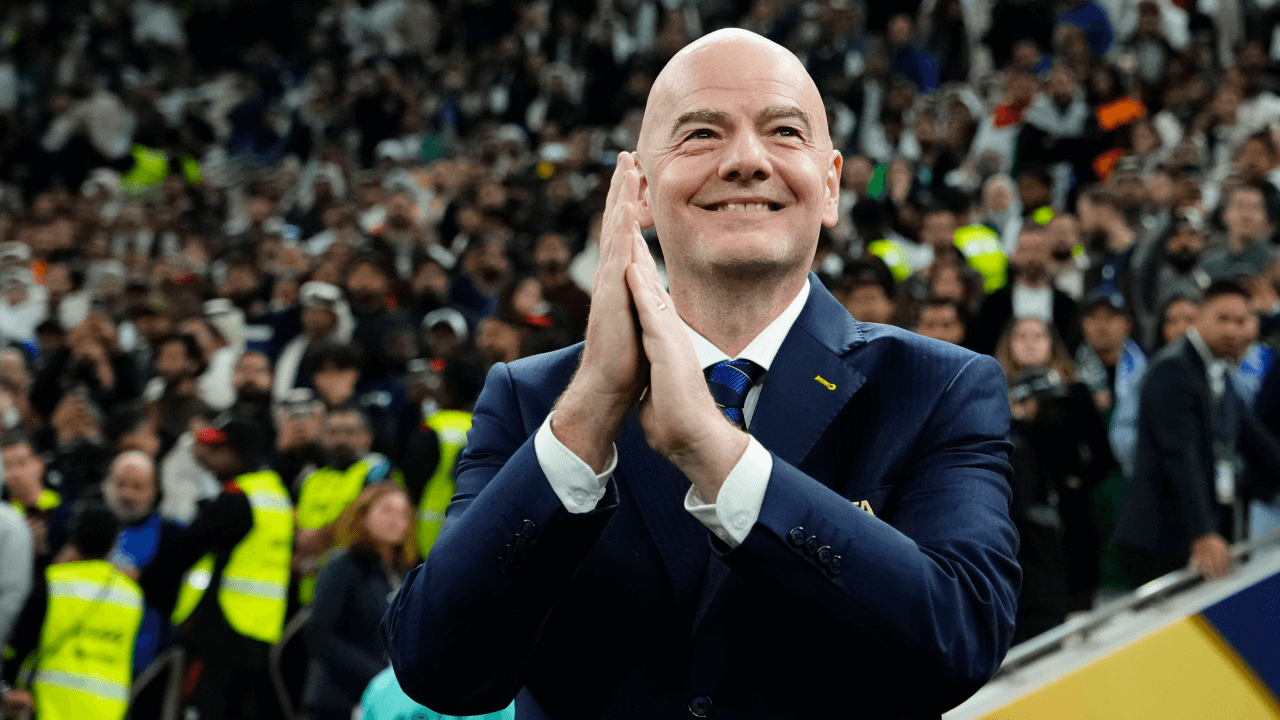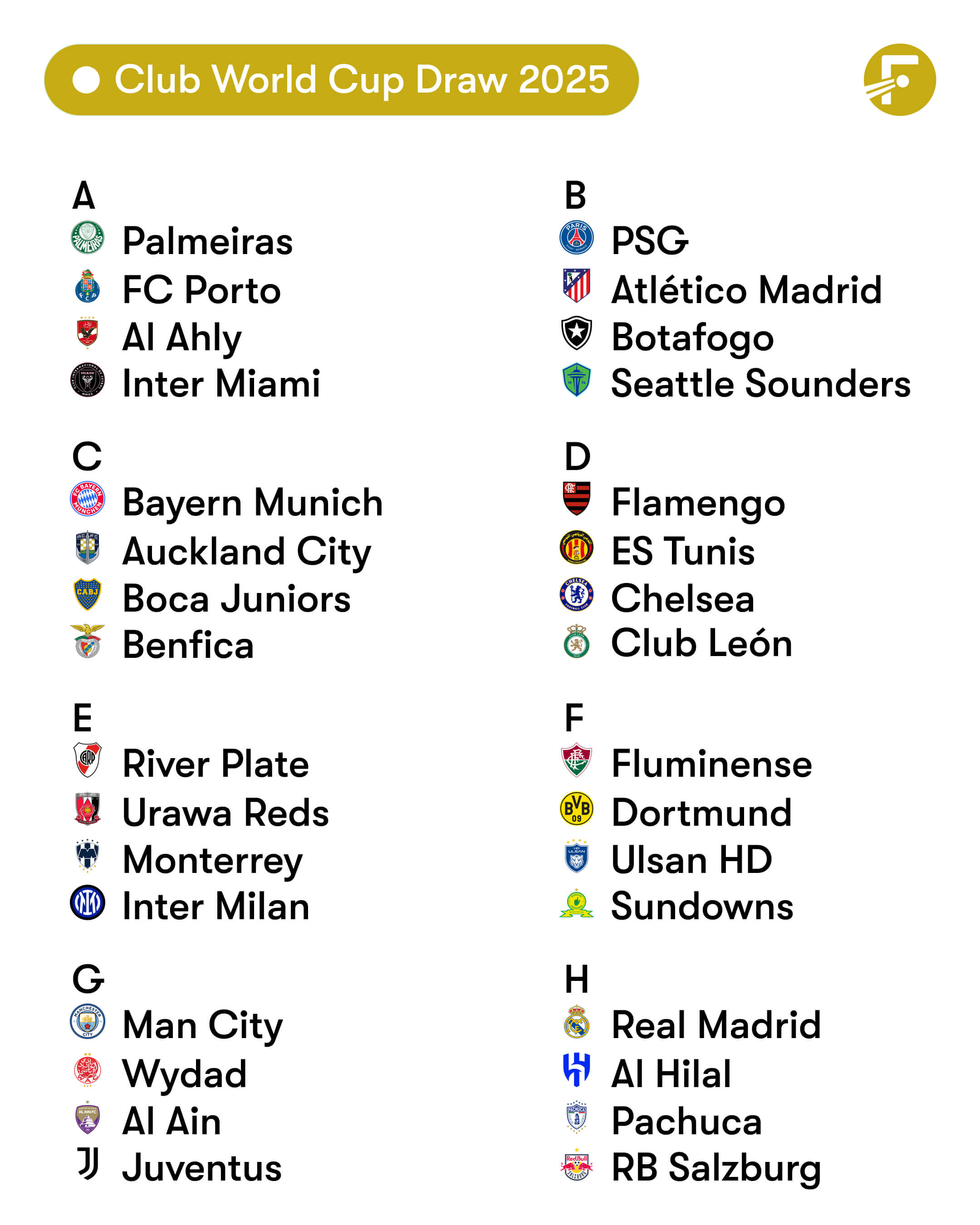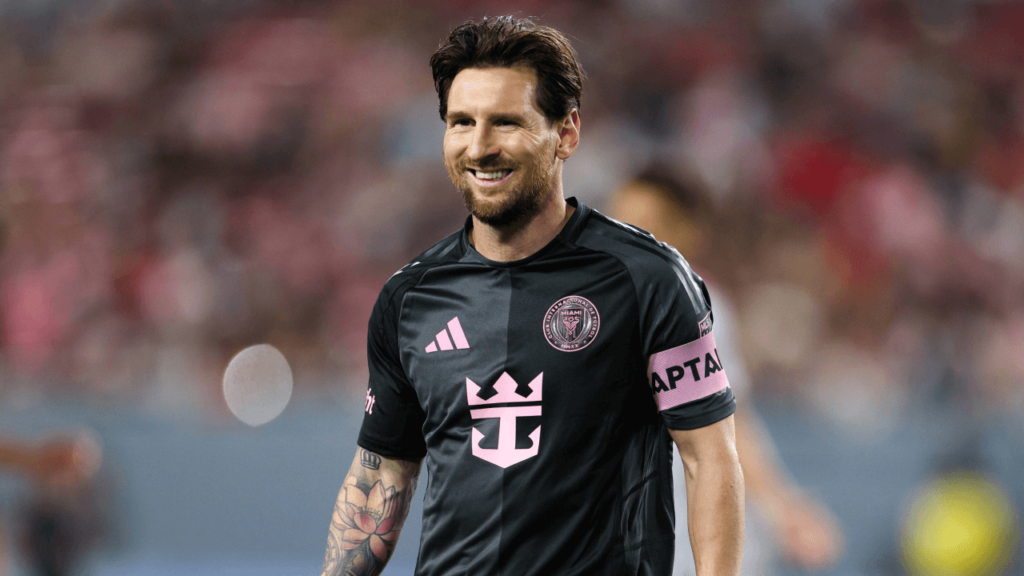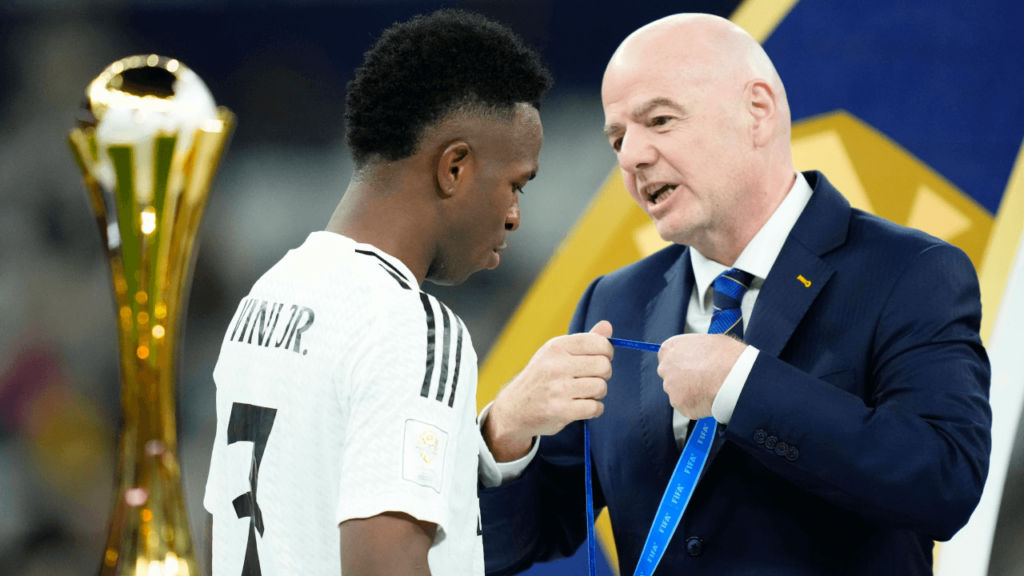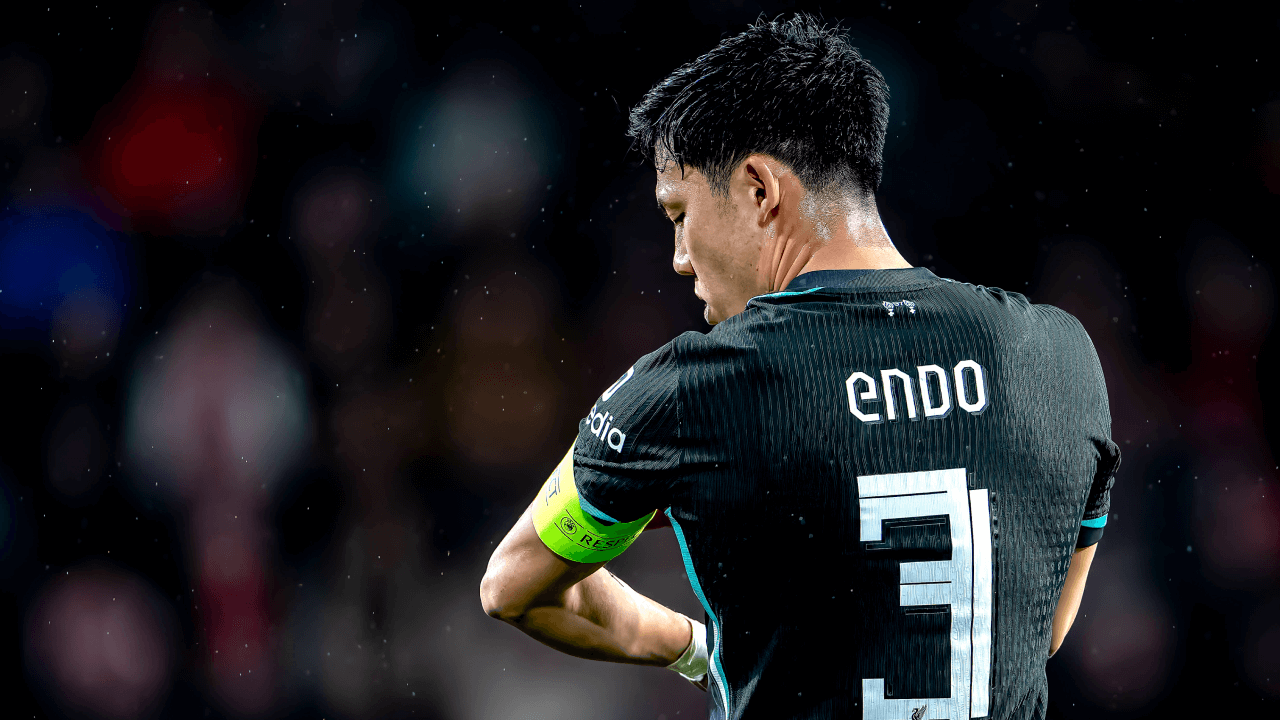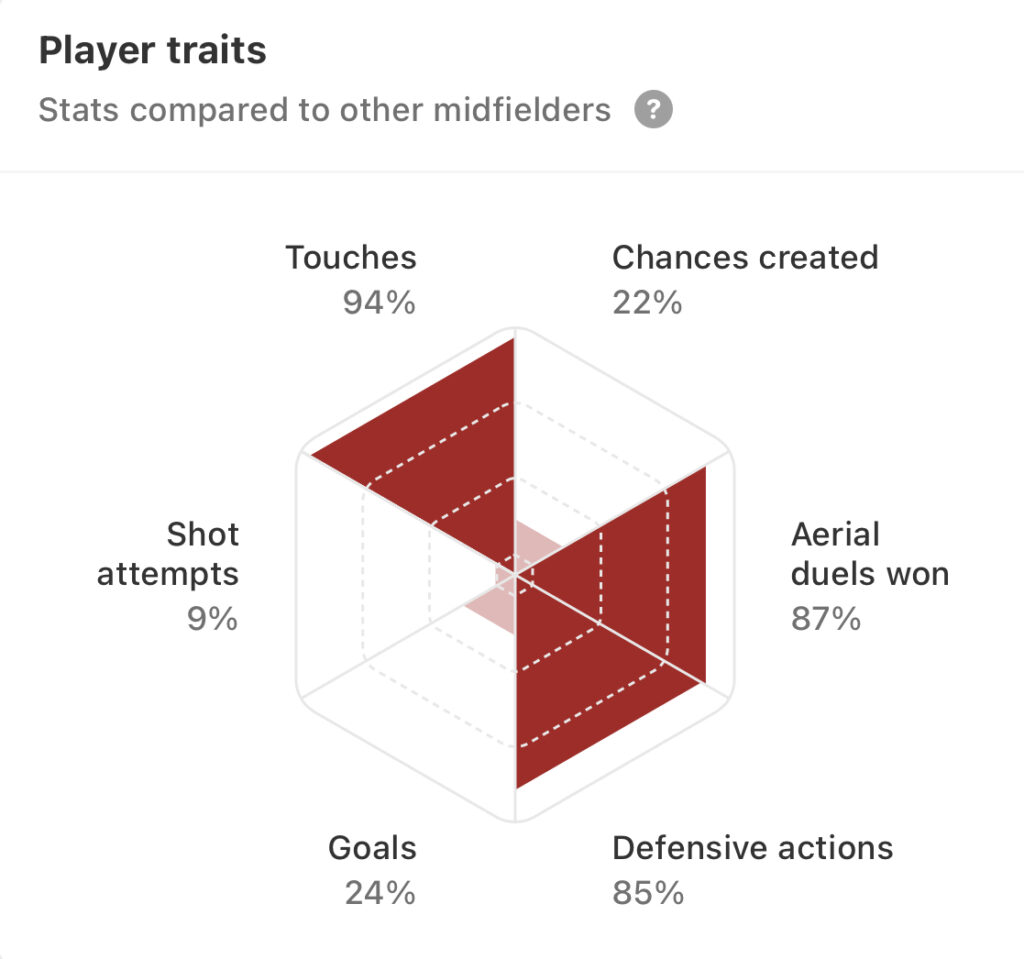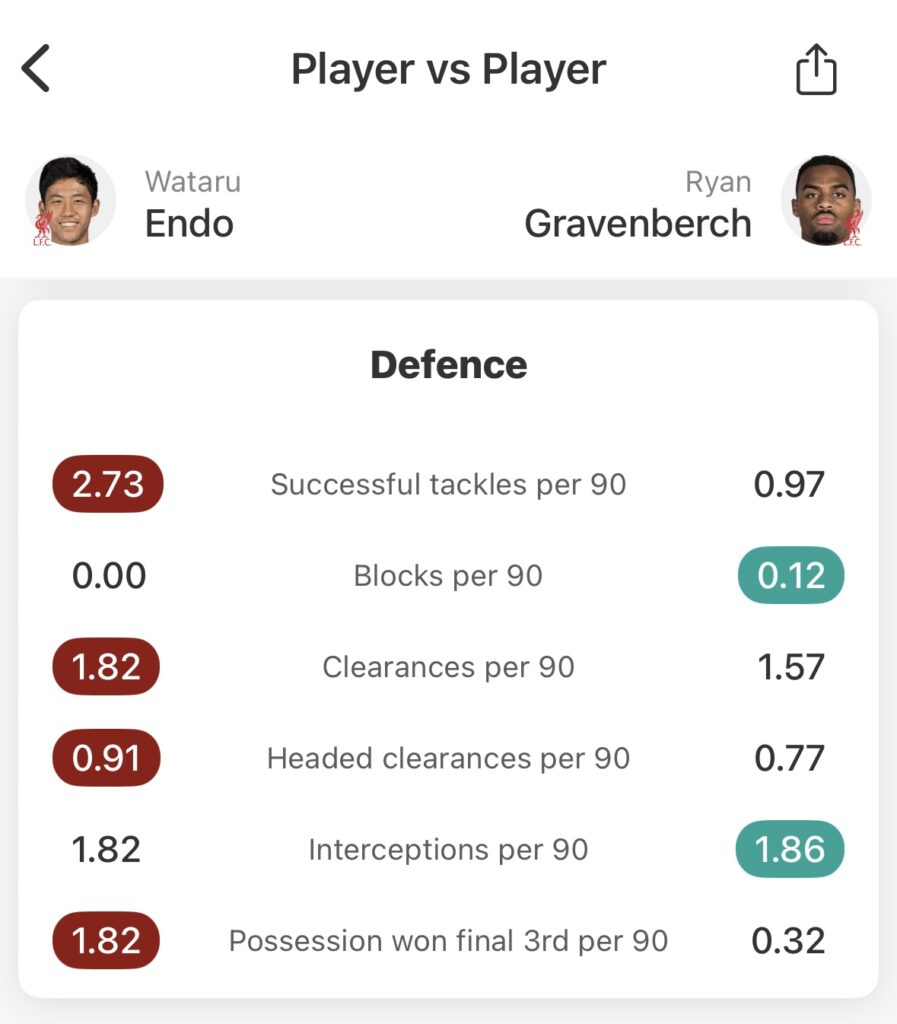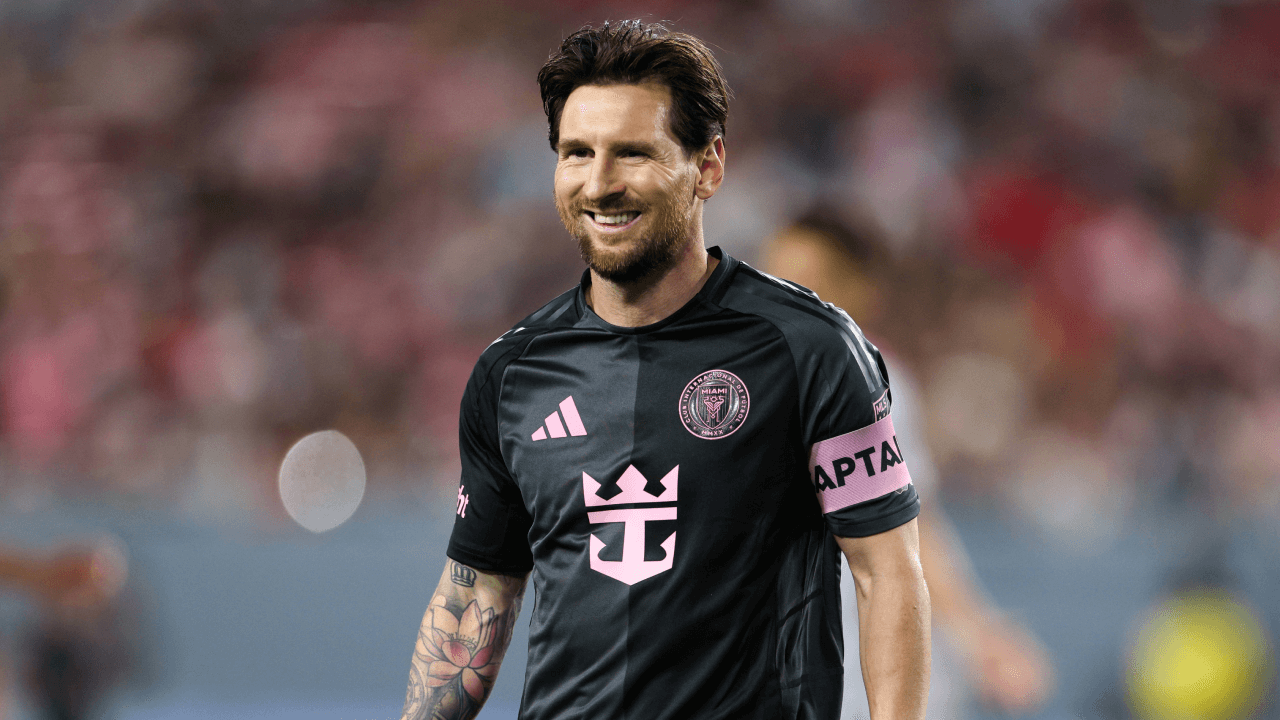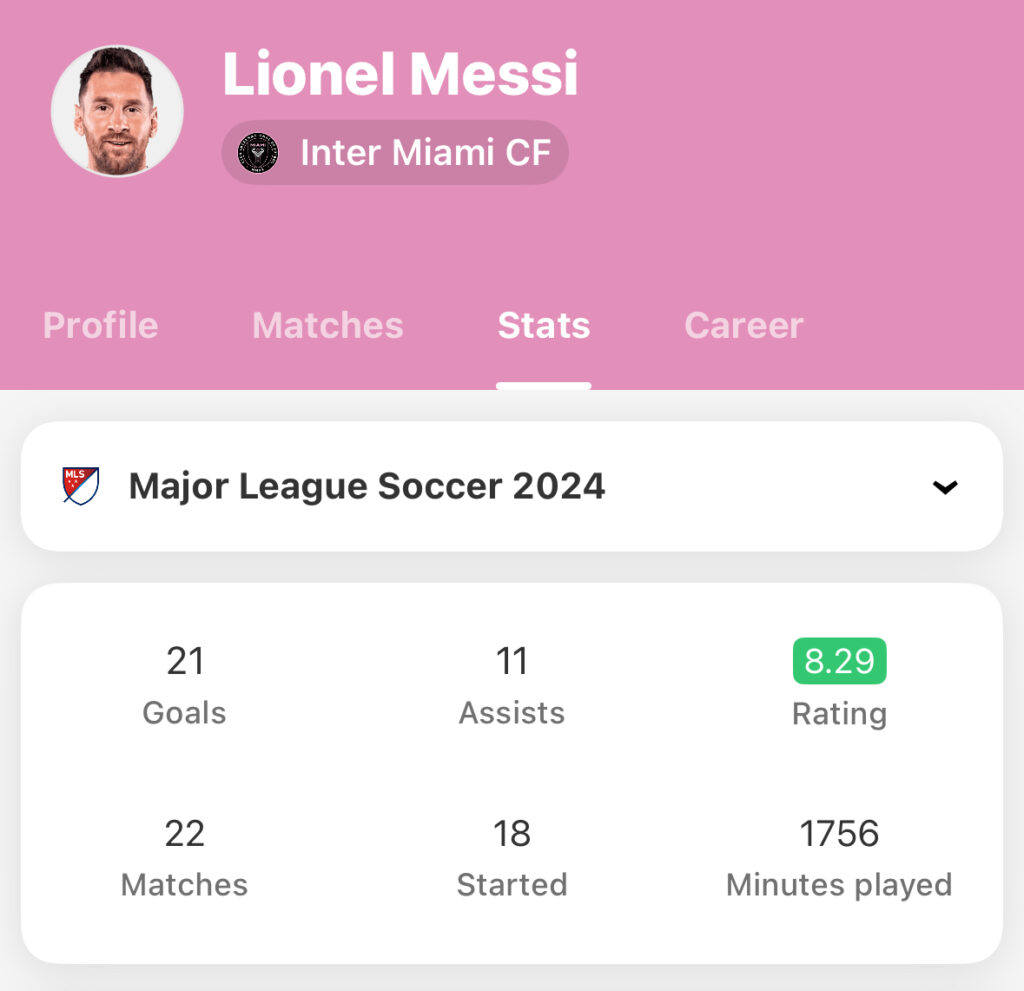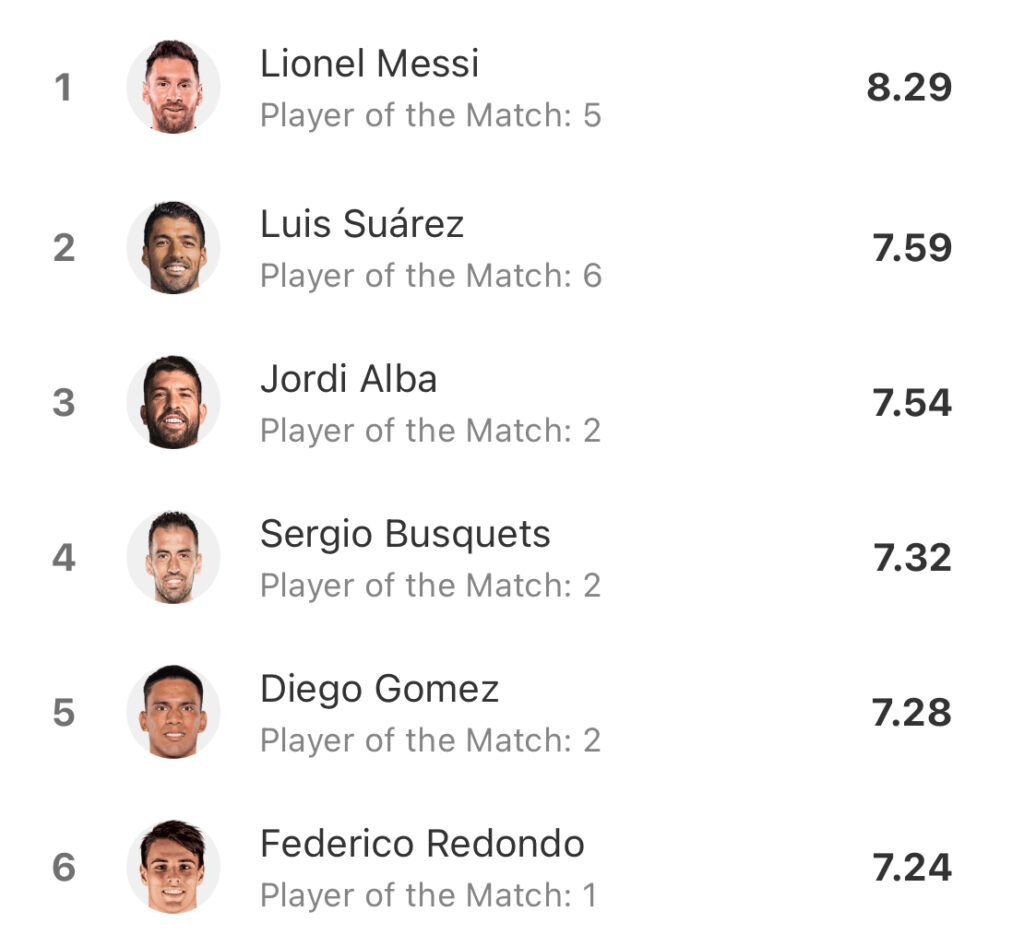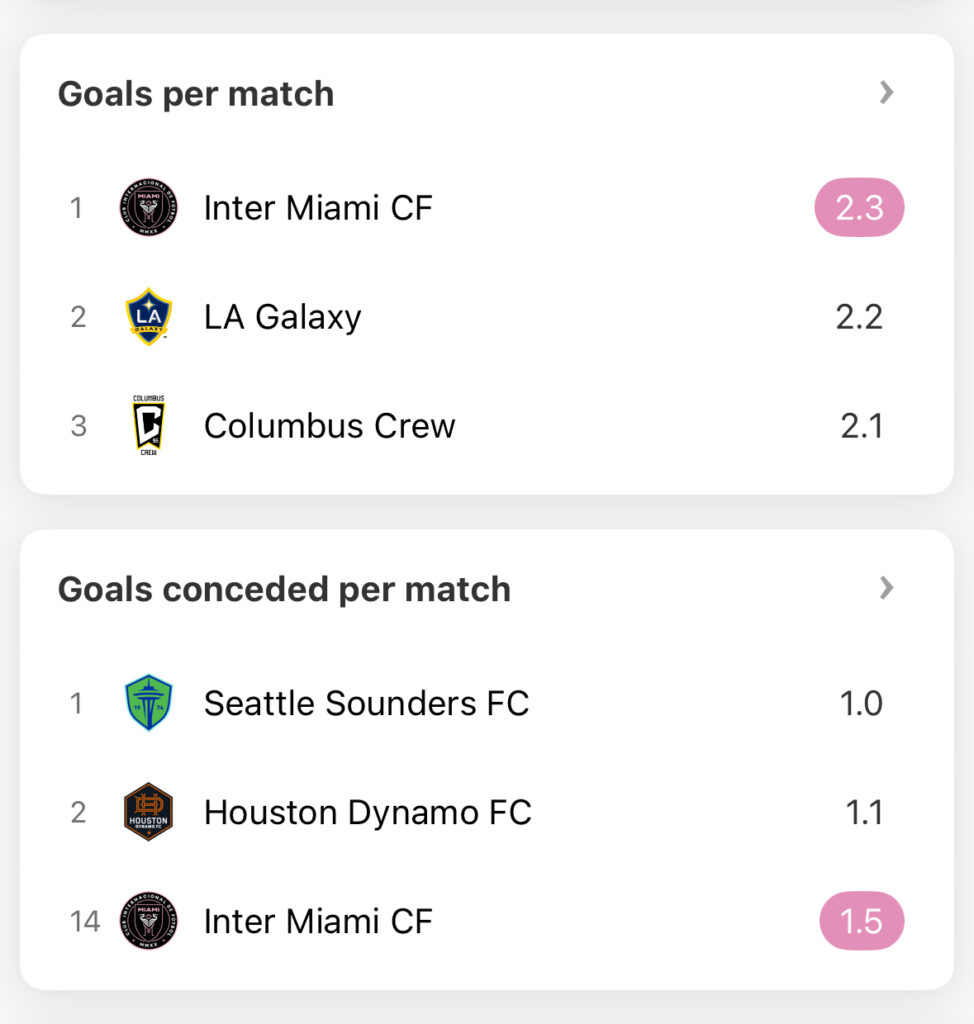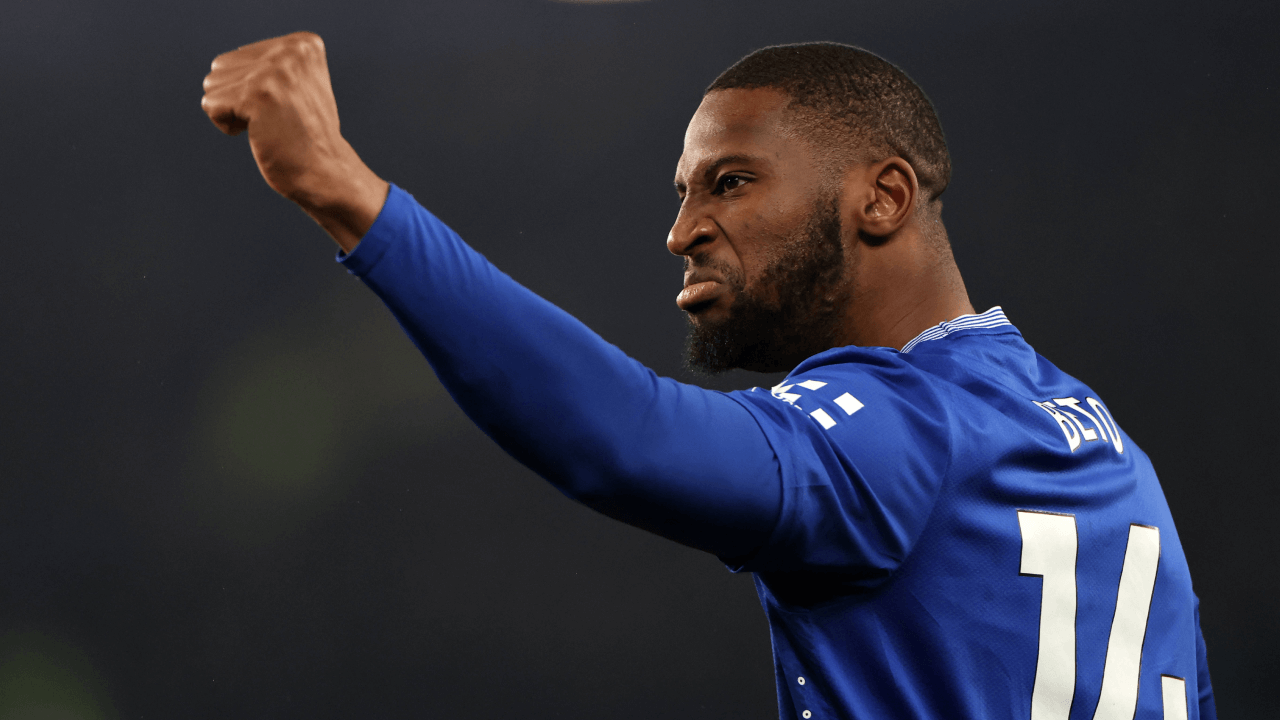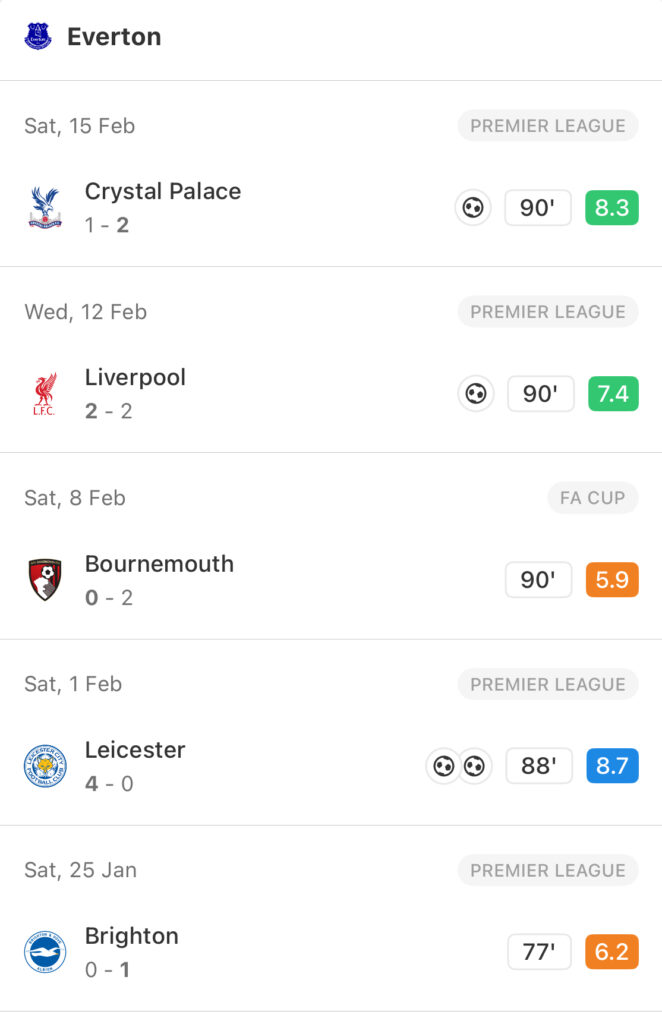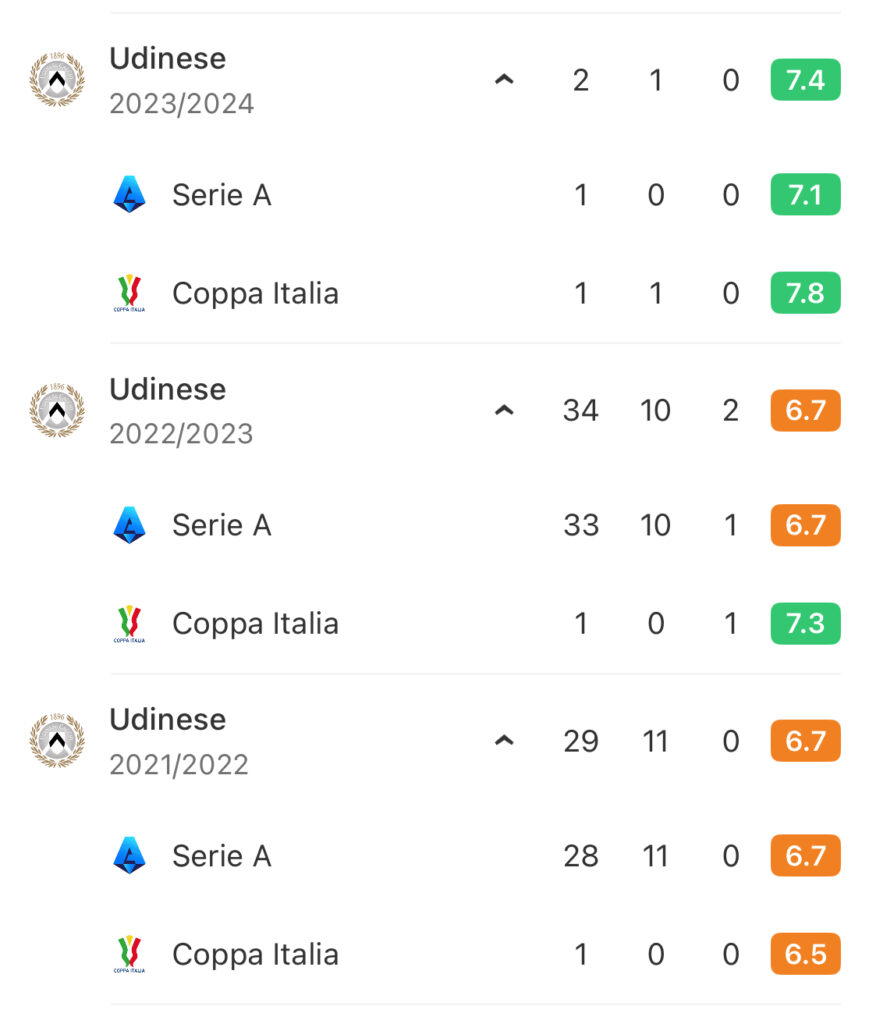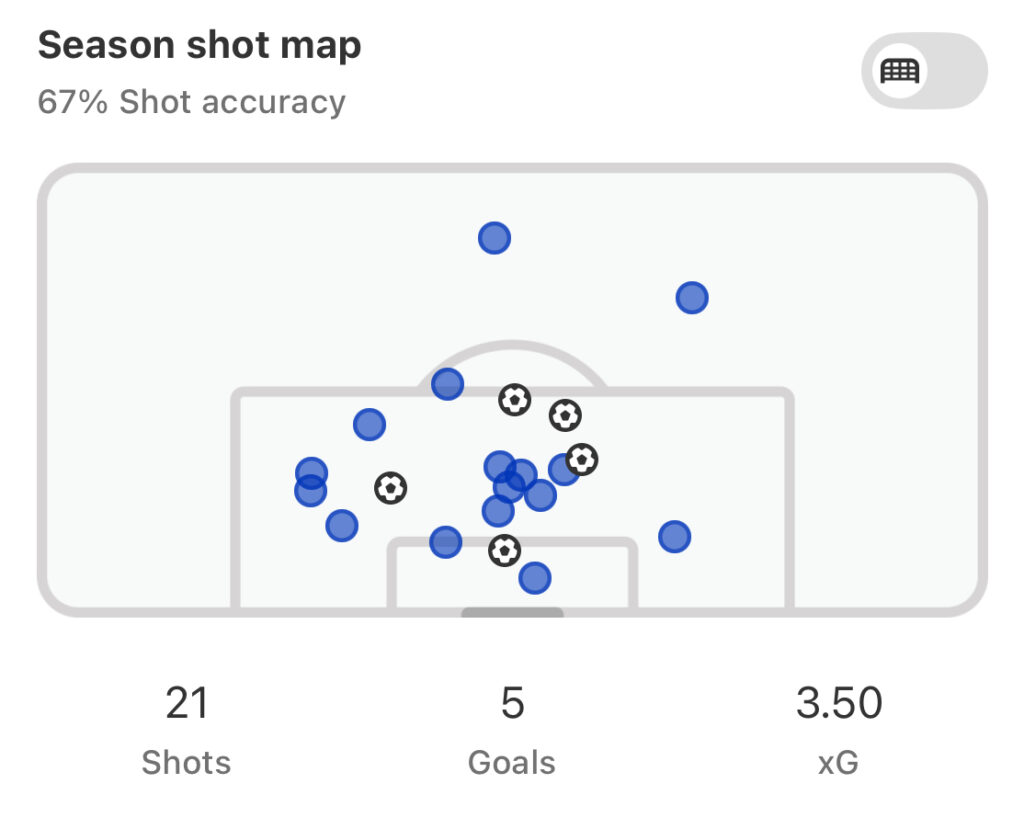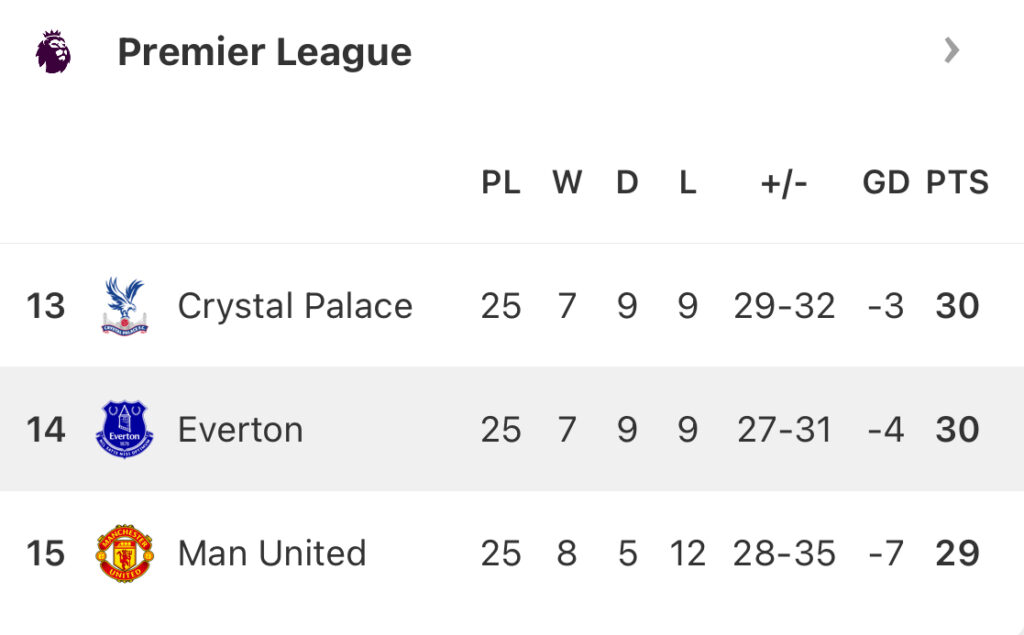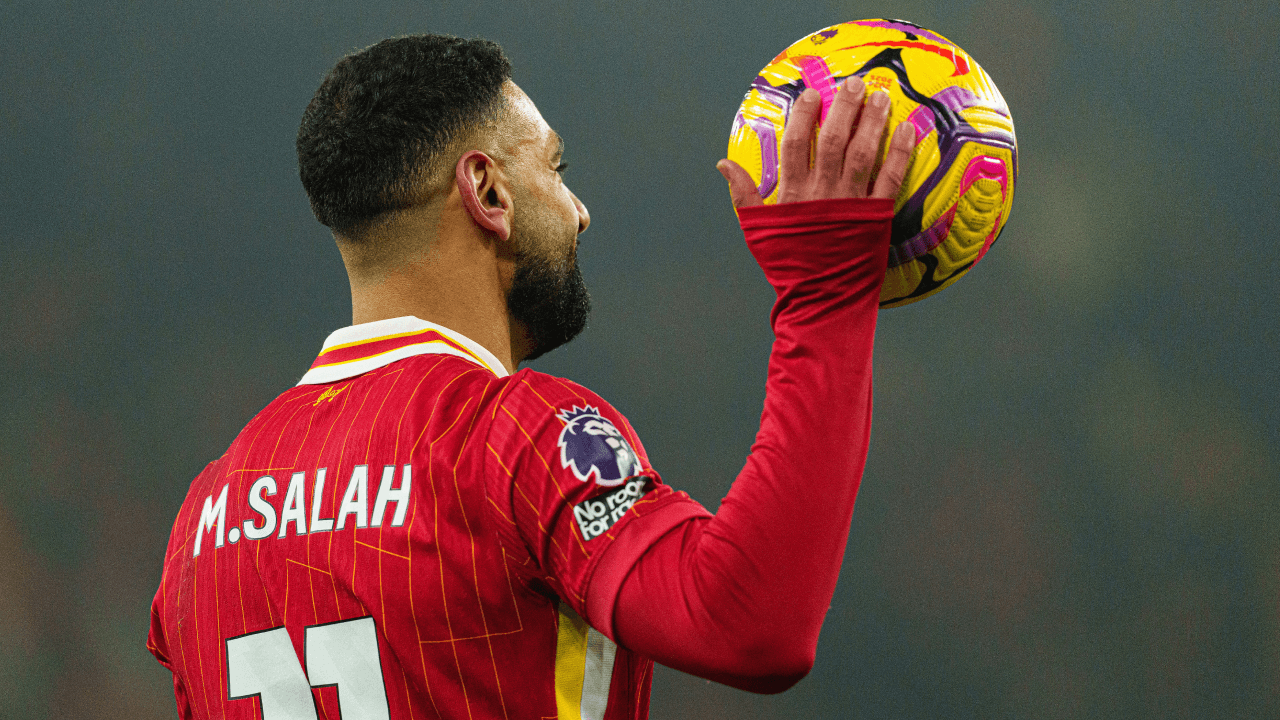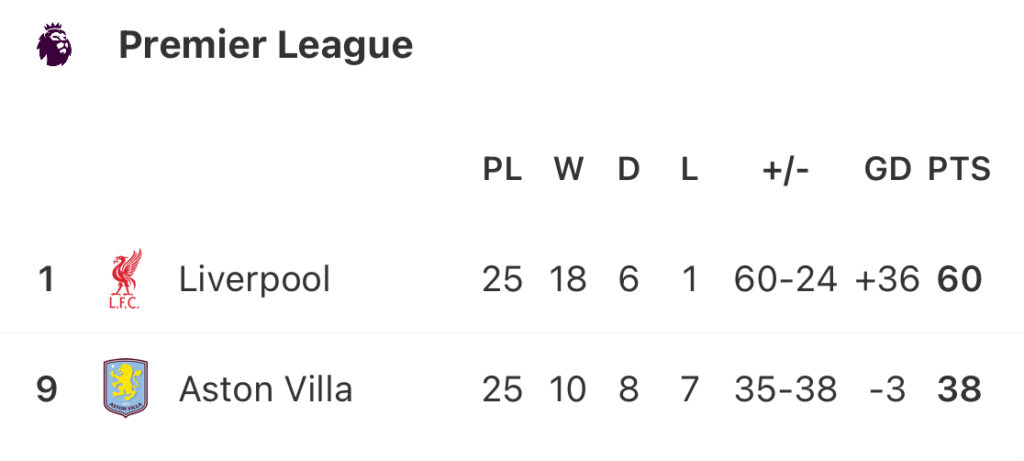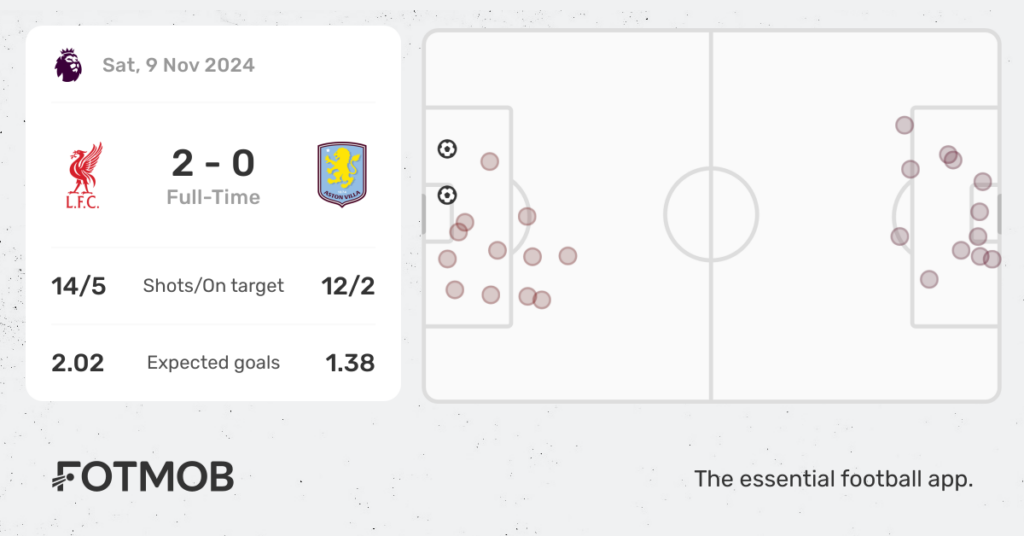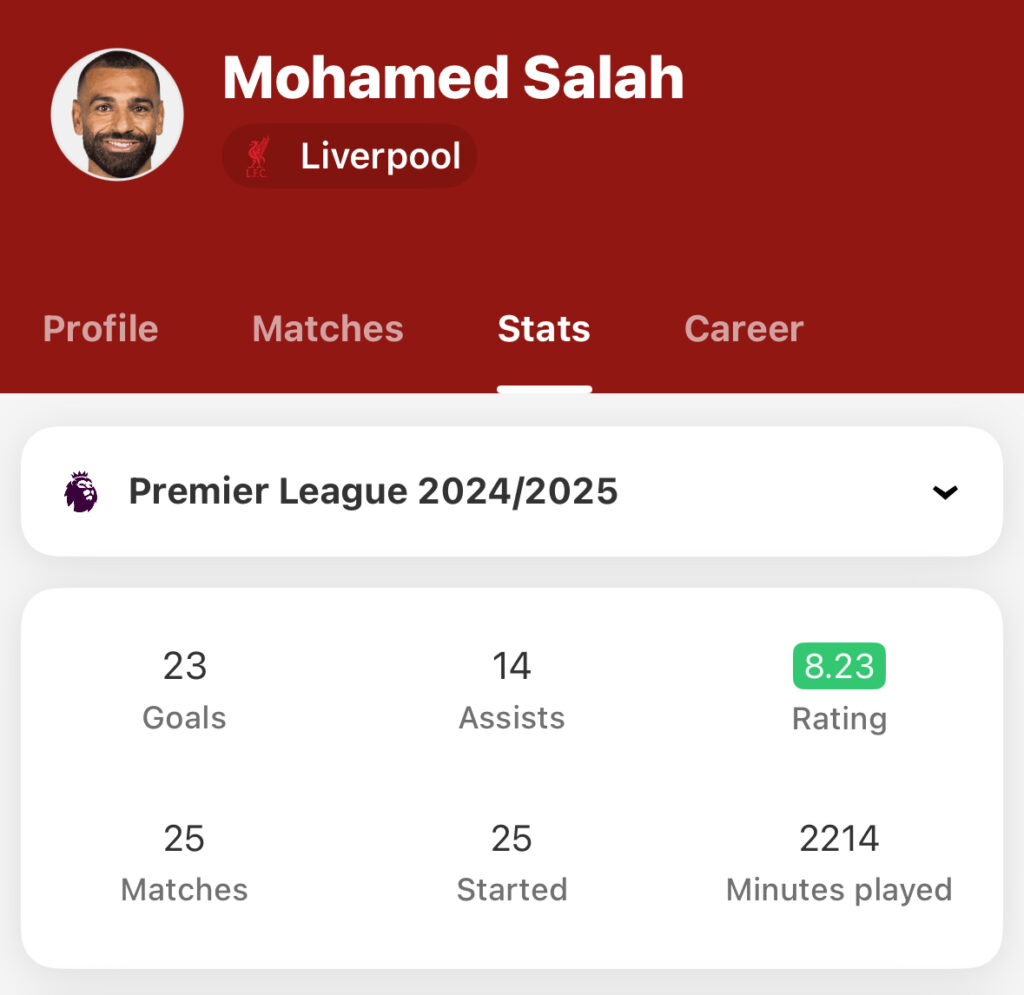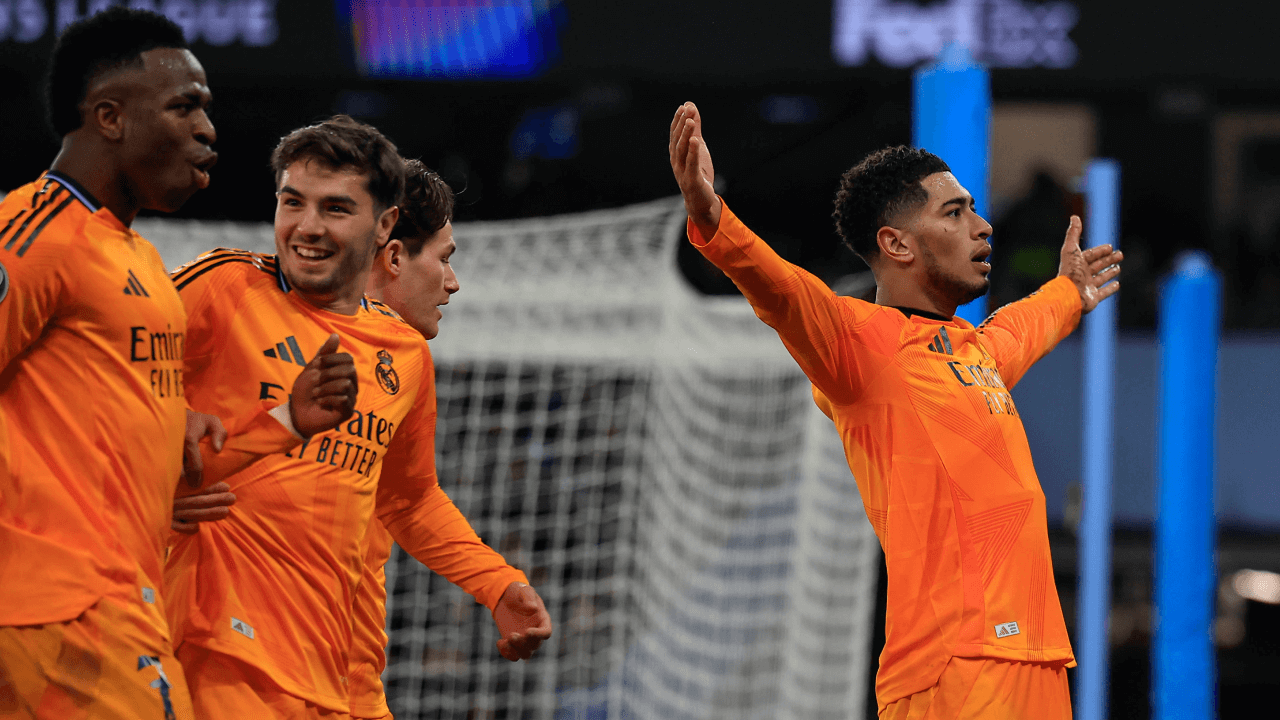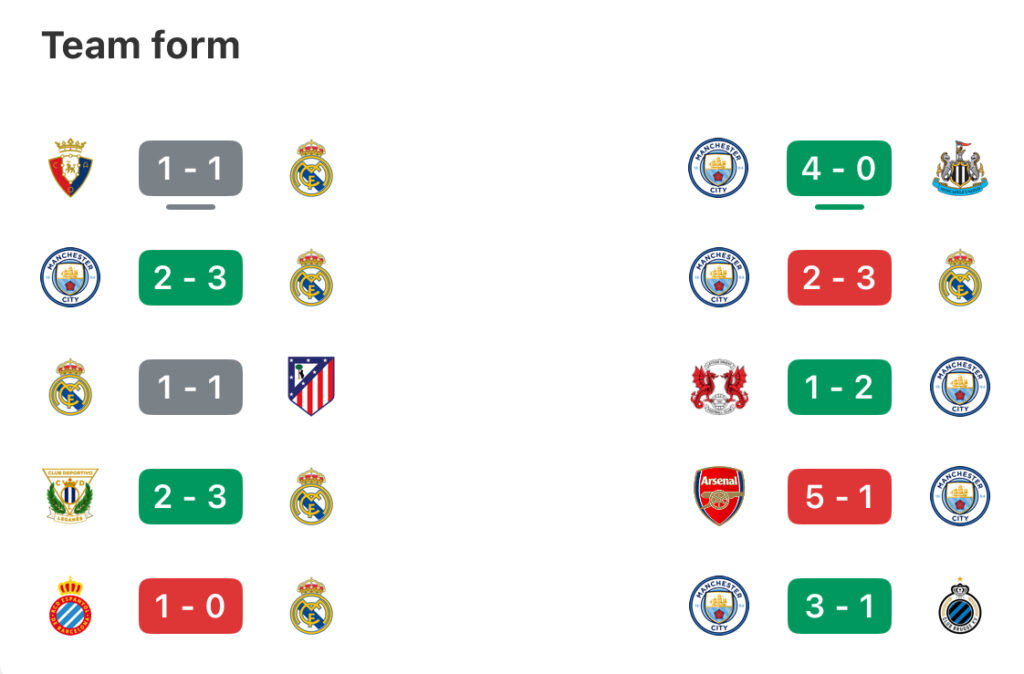The teams take to the turf at St Andrews flanked by fireballs and fireworks. They kick off through a haze of smoke that near-shrouds the field from view. By then, we’ve already been warmed up with a rock band in the fan zone. We’ve had Harry Lauder’s 1924 anthem ‘Keep Right On To The End Of The Road’ sitting next to the DJ’s mash-up of Sean Paul’s ‘Temperature’ with ‘No Speak Americano’ on the PA. We’ve seen enough blue lights with the LED and laser show to keep you up longer than Jack Bauer on triple espressos.
The only thing moving slowly around St Andrews is the traffic. It’s a huge shift from a club that was in total gridlock.
When Birmingham City sacked Wayne Rooney 13 months ago, it was an admission that the new owners had made a gross error. Early-season play-off contention under John Eustace had been traded for a non-existent and purely imagined brand of ‘No Fear’ football. The wheels were set in motion for a relegation car crash into the third tier.
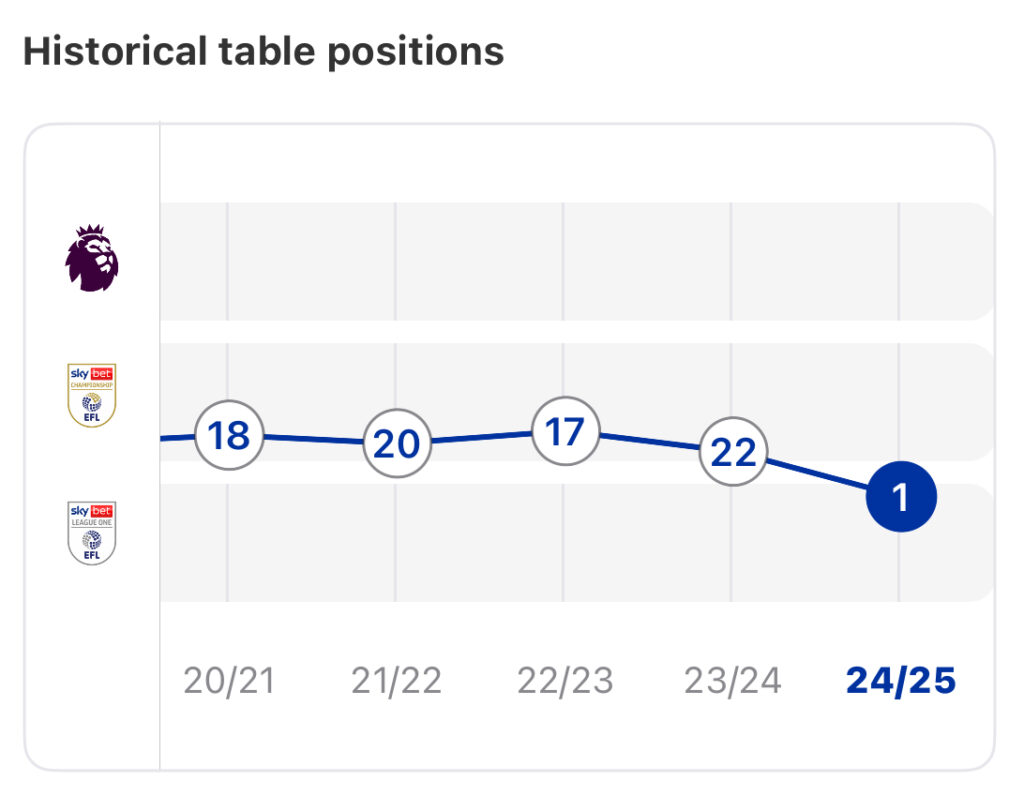
Fast forward to present day, and a re-constructed Birmingham side have just made it to Wembley for the final of the Vertu Trophy. Don’t look at me like that. Ok, like me, you must have missed its mid-season rebrand. The EFL Trophy isn’t at the top of the priority list for a club hell-bent on promotion, but pulling off a league and cup double would bring a feelgood factor and momentum that no amount of pyrotechnics can buy. And, for Tom Wagner and the rest of the owners, a redemption arc of their own.
Digging into Davies
Last season was a fiasco. To be fair to the American investors, they couldn’t have legislated for Rooney’s original replacement, Tony Mowbray, having to step down through ill-health. Gary Rowett’s ill-fated final eight game interim spell was a Hail Mary of an appointment that even much-celebrated minority shareholder and seven-time Superbowl winner, Tom Brady, would have struggled to pull off.
Chris Davies’ arrival signalled an about turn from the hierarchy, moving from a big name to an unknown, but picking someone with a growing reputation within coaching circles.
As Brendan Rodgers’ right hand man at both Celtic and Leicester City, the 39-year-old was charged with first-team training and oversaw a treble north of the border and successive fifth-placed finishes in the Premier League plus an FA Cup trophy lift at Wembley. Having had his own youth playing career curtailed through arthritis at Reading, he’s packed in 20 years of coaching experience before his 40th birthday. His final role as an assistant saw him paired with Tottenham’s Ange Postecoglou last season before Birmingham brought him in.
Unsurprisingly, for a man who sees Pep Guardiola as one of his coaching inspirations, Birmingham like to keep the ball. 66% possession, over 100 more passes per game than anyone else (475) and only Leyton Orient win the ball in the final third more often. He’s won 74% (31/42) of his matches, with only five defeats. It’s silly numbers and you can argue that’s thanks to silly money. But this time it’s cash that’s been spent wisely.

Money talks
Birmingham are often mentioned in the same breath as Wrexham. The comparison is easy. Two North American-owned soccer clubs, spending big and dreaming of the big time. Where they differ however, is the type of player they’re recruiting. Whilst Jay Rodriguez is Wrexham’s latest ex-Premier League talent that’s been around the block, Birmingham have picked at least one with miles left to run.
Jay Stansfield was stretchered off in tears in their semi-final victory over over Bradford. News that his injury isn’t as serious as feared is as big a boost as Lyndon Dykes’ Tuesday night headed winner.
Signing a player for £15m in division three is ludicrous. Let’s not pretend otherwise when the average revenue for a League One club is just under £10m.

But this is a low-risk investment with a value that will hold. At 22, Stansfield is a young English player with his whole career ahead of him. He’d already proven himself on loan from Premier League Fulham last season. His winner against Charlton exhibited everything that’s making him unplayable now. Having barged Conor Coventry off the ball on the halfway line on the right flank, he carried the ball to the area before smashing home, to rapturous celebrations.
It was he too who got a superb opener against Bradford. With 20 in 29 games, his cost per goal is diminishing by the week. Up close, he is relentless. With 16 goals in League One, he’s the division’s joint-top scorer and along with Richard Kone (xG 12.1), is one of the most clinical (xG 14.2). He also gets stuck in for the team. Beyond ball winning and recoveries, his yellow card for dragging a fallen Ethan Laird back onto the pitch, to prevent a re-start, showed he’s got that cunning that the wisest of strikers take years to cultivate.
Swap out Stansfield and the embarrassment of attacking riches at Blues continues. When you can call upon last season’s League One golden boot in Alfie May, everything gets easier. He arrived at St Andrews with 75 goals in his last 3 seasons, with 23 in the league with Charlton. He hasn’t scored in 11 but still has ten goals and five assists from his 28 appearances. His goals per 90 in the league is 0.58, last season it was 0.60. So, he’s performing just as well despite fewer opportunities. His time will come.

Across the rest of the park, they continue to impress. Ethan Laird and Alex Cochrane are both in the early stages of their careers but are performing excellently from full back. Laird, in his second season, offers so much offensively that it helps overwhelm opponents on the flanks. Laird is free from the weight of being an ex-Manchester United youngster that can pull a player down. In front of them is a midfield all around the same age and approaching their peaks. It makes for a formidable opponent, able to give Premier League Newcastle United, a bloody nose in the FA Cup.
The final run-in
Last weekend’s test against playoff hopefuls Charlton was a new one for Chris Davies. Nathan Jones’ side had beaten them once already and, having gone behind and on the ropes, Charlon tried to make things uncomfortable. The second half descended into one of my Monday night 5-a-side matches where the referee has let too many things go, and by the end it’s all-out war. But Birmingham came through unscathed and the better for it too. Winning ugly is another thing Davies can now say this side can do.

Looking at the table and given Birmingham are still unbeaten at home, I think we can call them the League One Champions-elect. That’ll feel even closer with three points over second-placed Wycombe in midweek at the start of March. It’s a far cry from the anguish at St Andrews last year, when they conceded a 96th minute winner to Southampton and began their final descent towards relegation.
Now they’re on the up and as luck would have it, Peterborough or Wrexham await at Wembley in April. The latter will be a headline writers dream but whilst the team with the Hollywood owners would love a perfect streaming moment, for Birmingham City, it’s a bonus on a serious quest back towards the Premier League. We laughed at ‘No Fear’ football and Super Bowl silliness and you may still hate the pre-match pageantry. But make no mistake, the circus has left town and what remains is a united club with the ambition, and the means, to keep right on.
(Cover image from IMAGO)
You can follow every game from EFL League One on FotMob – with in-depth stat coverage including xG, shot maps, and player ratings. Download the free app here.
